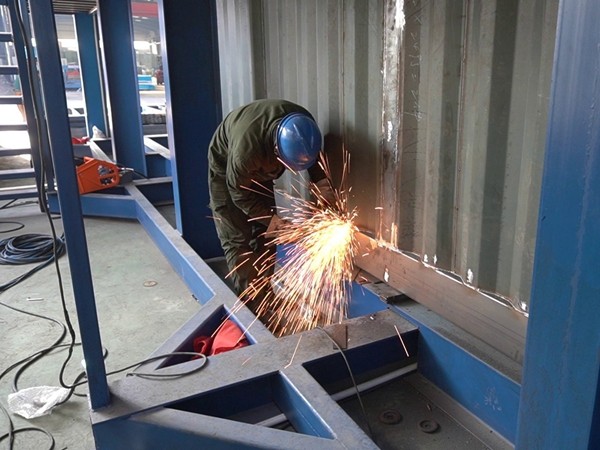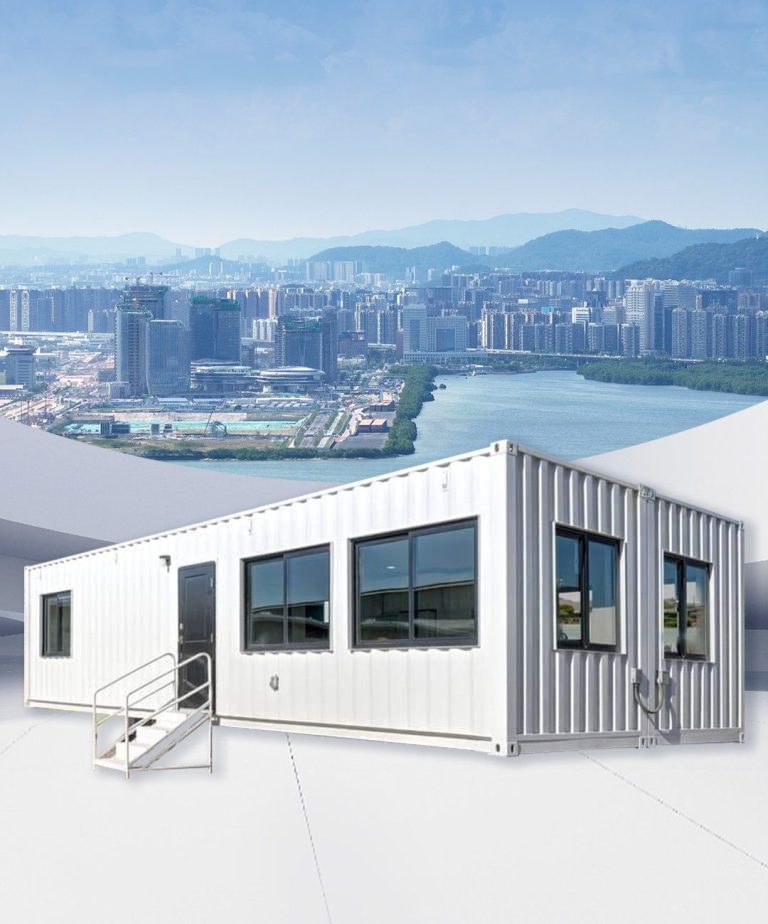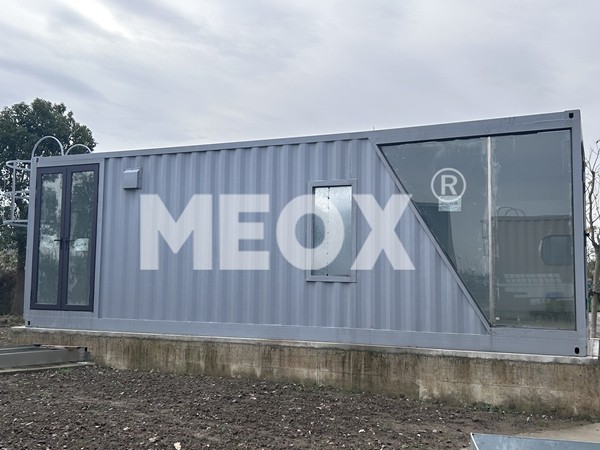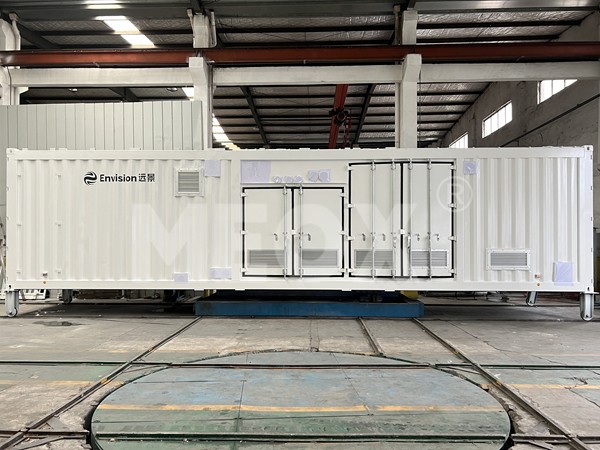Vertical farming, an innovative approach to agriculture, is increasingly generating interest around the world. At the core of this trend is the vertical farming container, a modular, scalable solution that empowers urban farming by allowing crops to be grown in limited spaces. Naturally, understanding the pricing of these containers is essential for potential investors or individuals looking to delve into this field. With firsthand experience and insights from industry experts, we delve into the factors influencing the cost of vertical farming containers and present a comprehensive analysis.

When it comes to vertical farming containers, the price can vary widely based on several key factors. The most influential components include the size and type of the container, the technology integrated within, and the customization needed to meet specific crop requirements. Standard containers, often derived from repurposed shipping containers, serve as the foundation for these systems. The initial cost of these containers can range from $5,000 to $10,000, depending on the condition, age, and the modifications required.
Incorporating advanced technology is a significant aspect that affects the final price of a vertical farming container. High-tech systems such as automated hydroponics, LED grow lights, climate control, and real-time monitoring sensors not only optimize the growing conditions but also increase production efficiency. However, these enhancements can considerably raise the cost. Basic models outfitted with essential hydroponic systems and LED lighting can start around $30,000, while more sophisticated models incorporating full automation and AI-based systems might exceed $100,000.
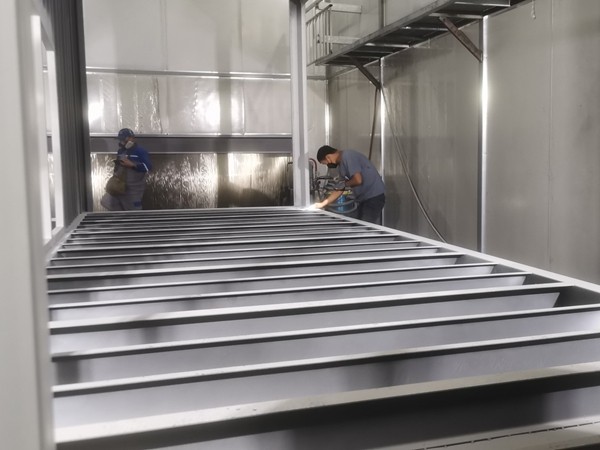
Product expertise indicates that customization plays a critical role in pricing. Customization can involve alterations to the container structure, such as partitioning for different crops, and integration of specialized systems tailored to unique plant needs. These modifications, while providing significant benefits in crop yield and energy efficiency, can add $10,000 to $50,000 to the overall cost.
Gaining real-world insights, we find that many organizations justify the investment in higher-priced systems by the significant return on investment (ROI) they offer. Management teams from successful urban farms highlight that, despite the initial financial outlay, the efficient resource utilization, reduced labor costs, and year-round production capability offer lucrative financial returns within a few years. vertical farming container price
For those seeking to enter the vertical farming sector, expertise from seasoned professionals suggests considering the total cost of ownership (TCO). This includes not only the upfront purchase price but also ongoing costs such as energy consumption, maintenance, and potential upgrades as technology evolves. Interestingly, many container providers offer leasing options or partnerships that allow for shared costs and responsibilities, significantly lowering the entry barrier for new operations.
In terms of authoritativeness, experts in the field concur that evaluating the pricing of vertical farming containers should be aligned with the specific goals of the farming operation. Whether the aim is sustainable local food production, educational initiatives, or profit-driven agribusiness, the choice of container and ensuing budget should reflect the scale and scope of these objectives.
Trustworthy providers commonly offer detailed cost breakdowns and consultations, offering prospective buyers a clearer picture of what they are investing in. Transparency in pricing and a proven track record of successful installations are two indicators of a reputable company in this industry. Additionally, customer testimonials and case studies provide valuable perspectives for those exploring their options.
In conclusion, while the price of vertical farming containers can be a significant investment, understanding the underlying components and their benefits can assure informed decision-making. By leveraging product expertise, real-world experience, and authoritative advice, potential investors can navigate the complexities of this emerging market efficiently. This approach not only helps in selecting the right container system but also positions new ventures for success in the burgeoning field of urban agriculture.



